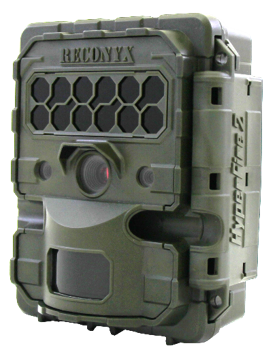April 10 at The Toledo Zoo. Registration is now open: https://connect.toledozoo.org/events/18285


The mission of Ohio Partners in Amphibian and Reptile Conservation (OHPARC) is to conserve amphibians, reptiles, and their habitats as integral parts of Ohio’s ecosystem and culture through proactive and coordinated public/private partnerships.
April 10 at The Toledo Zoo. Registration is now open: https://connect.toledozoo.org/events/18285

APPLICATIONS ARE NO LONGER BEING ACCEPTED
DOWNLOADS:
1. PICTORIAL GUIDE TO CONSTRUCTING AND ASSEMBLING AHDRIFT CAMERA TRAP ARRAYS (.pdf)
2. MATERIALS LIST AND BUDGET FOR AHDRIFT CAMERA TRAP ARRAYS (.xlsx)
To increase our knowledge about Ohio’s herpetofauna, Ohio Partners in Amphibian & Reptile Conservation (OHPARC) is pleased to announce the availability of automated game camera traps, for use at no charge, to qualified organizations and individuals. Apply now. (Get pdf for printing, posting.)

WHAT: Available at no cost are Reconyx HP2X professional research cameras (retail value: $459/ea.) that have been modified by the manufacturer for use in an AHDriFT array for capturing photos of reptiles, amphibians, and small mammals. Each successful applicant will receive two Reconyx cameras (one for each end of the drift fence), SD Cards, rechargeable batteries, and a charger. The materials provided by OHPARC must be returned to OHPARC at the end of the season.
WHO: Park districts, land trusts, conservation organizations, and researchers who are interested in furthering our understanding of the distribution and status of amphibians and reptiles in the state are encouraged to apply.
YOUR CONTRIBUTION: Successful applicants will be expected to:
Presentation of results at the annual Ohio Amphibian & Reptile Conference (poster or oral presentation) is strongly encouraged.
What are AHDriFT camera trap arrays and how do I build one?
The Adapted-Hunt Drift Fence Technique (AHDriFT) was described by Martin et al. (2017) who used it to capture images of 21 reptile and 3 amphibian species at Merritt Island National Wildlife Refuge (Florida). Refinement of the system in Ohio was described by Amber et al. (2021) and was found to be an effective technique for detecting Eastern Massasaugas. Construction materials and detailed deployment instructions for a three camera y-array were provided as an open-source online publication: https://figshare.com/articles/online_resource/AHDriFT_Construction_Methods/12685763/1
The method used by Amber et al. (2021) has been slightly modified to use a single piece of 20-24″ high x 50′ long metal flashing for a linear drift fence (instead of plywood in a y-configuration), requiring only two camera traps (one at each end). See instructions here. A complete list of materials needed to build one of these simplified arrays is provided in this spreadsheet; the anticipated cost is about $50-100/array with successful applicants being provided the cameras, SD Cards, rechargeable batteries, and charger at no cost.
How to Apply
To apply, simply complete this one page form: https://forms.gle/hgQNjZPT6LZhHFno6
APPLICATIONS MUST BE RECEIVED ON OR BEFORE FEBRUARY 28, 2023.
Emerging diseases are a commonly discussed issue among those who work with amphibians and reptiles. But what about everyone else? Lots of people go into wetlands and herp habitat, but not everyone is aware aware of the risk they pose as potential vectors of disease.
Led by Advisory Board member Teal Richards-Dimitrie, OHPARC recently sent a letter to organizations, agencies, and individuals to make them aware of the disease issues and to encourage proper biosecurity measures. You can read the letter here.
For more information about emerging diseases, visit the PARC National Disease Task Team page.

